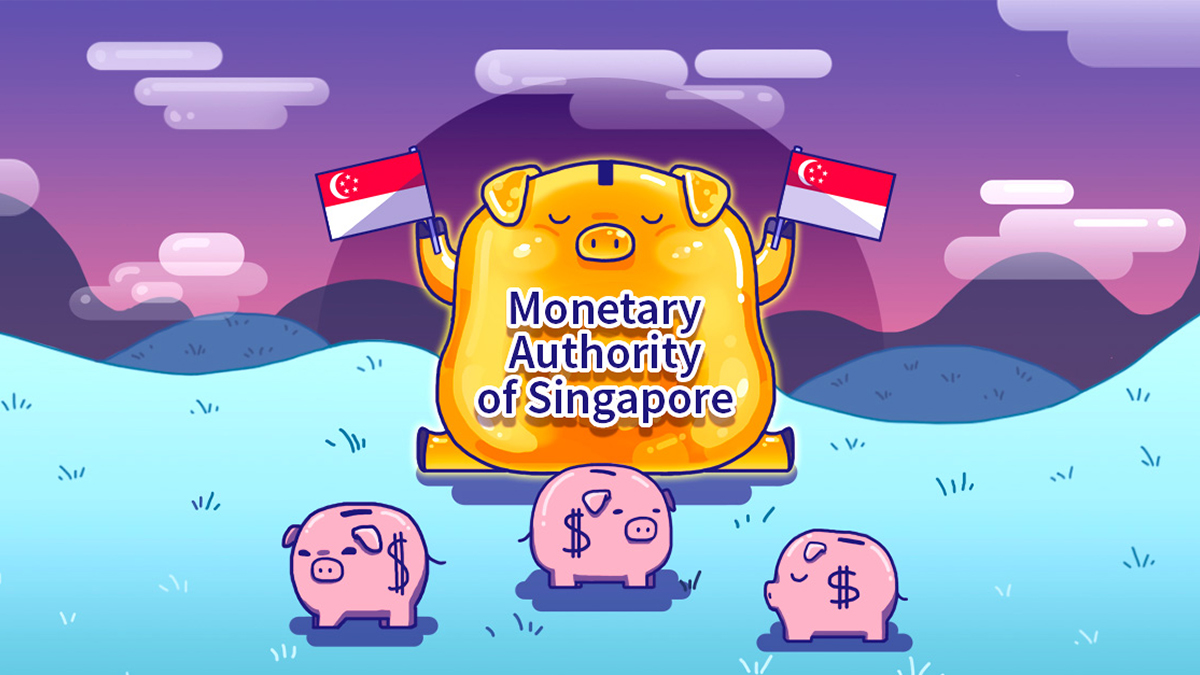Financial Planning | Personal Finance | Article
How Are Singapore Interest Rates Set?
by Sophia | 17 Oct 2019 | 4 mins read

Interest rates are, in a nutshell, the rental price of money.
From taking a mortgage loan to saving money with a bank — interest rates bleed into almost every part of our financial lives.
So how are the rates set in Singapore? Who determines them? But before that, one has to understand the broader function of interest rates, which is to regulate the health of an economy,
For example, interest rates can influence the spending behaviour of consumers and businesses. With high-interest rates, borrowing money will become unattractive. On the other hand, high-interest rates on your savings account can make stashing your money in the bank a good idea.
In essence, in a high-rate environment, it becomes less attractive to loan money (for spending) and more attractive to save.
Who determines interest rates?
In countries like America, interest rates are generally set by a central bank (a government-ish institution). The mission of central banks is to keep inflation and the economy stable.
Simplistically speaking, inflation happens when the demand for goods increases —prices rise when there is too much money chasing too few goods — imagine many people flushed with money bidding on an auction, because everyone has so much cash, they keep bidding the price up.
So when there is too much money in the market, inflation happens, and the cost of living rises.
So central banks step in and use interest rates to control the circulation of money from the wider market.
Regular banks that we interact with — think Standard Chartered, DBS Bank — regularly borrow money between themselves to run their business, in many countries this rate that they borrow from each other is determined by the central bank.
So when the rate set by the central bank is high, such retail banks would also be compelled to borrow less money between each other, leaving them less money to loan out to customers. In effect, this removes money (and cheap loans) from circulation within the economy.
While saving deposit rates, like on your vanilla POSB savings account, are not affected by central bank rates, but in general, retail banks will also increase saving deposit rates in a high-rate environment
Conversely, when people are not spending, businesses can find it hard to turn a profit to keep their workers employed. In this scenario, governments can slash rates to stimulate the economy with cheap loans, saving money also becomes less attractive.
How is the Singapore interest rate handled?
But things are different in Singapore, our interest rates are not dictated by the Monetary Association of Singapore (MAS), our version of a central bank.
In fact, local retail banks are allowed to set their interest rates independently, that are competitive, but still profitable for themselves.
As such, there is no transparency in the mandate of how local rates are set — so we cannot really say for sure.
However, because we are so tied to the global economy — which the USA sets the pace for — local banks usually reference the US Federal Reserve rates, so when the Fed cuts rates, local banks generally follow suit.
Then how do we control inflation?
As for regulating inflation, MAS also does things differently. It controls the strength of the Singapore dollar to manage inflation, this is done is with the Singapore Dollar Nominal Effective Exchange Rate (S$NEER).
This is because Singapore’s economy heavily depends on imports and exports (they make up 300% of our GDP). Because of this, inflation is heavily influenced by strength, or weakness, of the Singapore dollar. For example, if the Singapore dollar is weaker than the Japanese Yen, Uniqlo might become more expensive.
Through S$NEER, the Singapore dollar runs parallel to a predetermined — but secret — basket of foreign currencies. In other words, MAS studies the performance of overseas economies and mimics what happens to the basket of currencies.
For example, when the US dollar (or another currency in the basket) shoots up in value, MAS will allow the Singapore dollar to appreciate in a similar fashion. In this instance, it ensures that USA goods and services that we use won’t suddenly jump in price. Conversely, MAS can also weaken the Sing dollar to make made-in-Singapore exports more attractive to foreign economies and consumers.
We can see this in action when Singapore barely dodged a technical recession in 2019, shortly after, MAS eased the value of the Singapore dollar to support the economy
















